Pioneering “Brain Decoding” Technology
Japanese researchers have made a groundbreaking advancement in the field of neuroscience and artificial intelligence (AI). They have developed a “brain decoding” technology that can translate human brain activity into vivid mental images of objects and landscapes. This research, conducted by a team from the National Institutes for Quantum Science and Technology (QST) and Osaka University, marks a significant step in understanding the human mind’s complexities.
The Process: From Brain Signals to Images
The researchers’ approach involved exposing participants to around 1,200 images. They then meticulously analyzed the correlation between the participants’ brain signals and the visual stimuli using functional magnetic resonance imaging (fMRI). This data was used to train a generative AI to decipher and replicate the mental imagery derived from the brain activity.
Capturing the Essence of Imagination
The technology produced distinct depictions, such as a leopard with clear features like ears, mouth, and spots, and an airplane with red-wing lights. This achievement goes beyond previous efforts that were limited to recreating images people have seen, extending the capability to visualize mental images of various natural objects and landscapes.
Implications and Applications
- Medical and Welfare Applications: This “brain decoding” technology holds potential applications in medicine and welfare, offering new ways to understand and interact with the human brain.
- Exploring Hallucinations and Dreams: The ability to see mental images based on brain activity opens doors to exploring how hallucinations and dreams work in the brain.
- New Communication Devices: The convergence of neuroscience and AI through this technology could lead to the creation of innovative communication devices, enhancing the way we interact with and understand the human mind.
A New Frontier in Neuroscience
Kei Majima, a QST researcher and author of the study, equates this discovery to exploring a whole new world within ourselves. It’s like using a microscope to see tiny things but delving into the depths of the human mind, which is an uncharted territory.
Study Abstract
The study’s abstract outlines the challenge of visualizing mental imagery and the significant milestone achieved. The researchers enhanced a previous method to address the limitations in utilizing semantic information during mental imagery. The result is a framework that can reconstruct both seen and imagined images from brain activity, providing a unique tool for investigating subjective brain contents like illusions, hallucinations, and dreams.
For more in-depth coverage of this fascinating intersection of neuroscience and AI, and to explore the scientific journal Neural Networks where the study was published, visit Interesting Engineering.
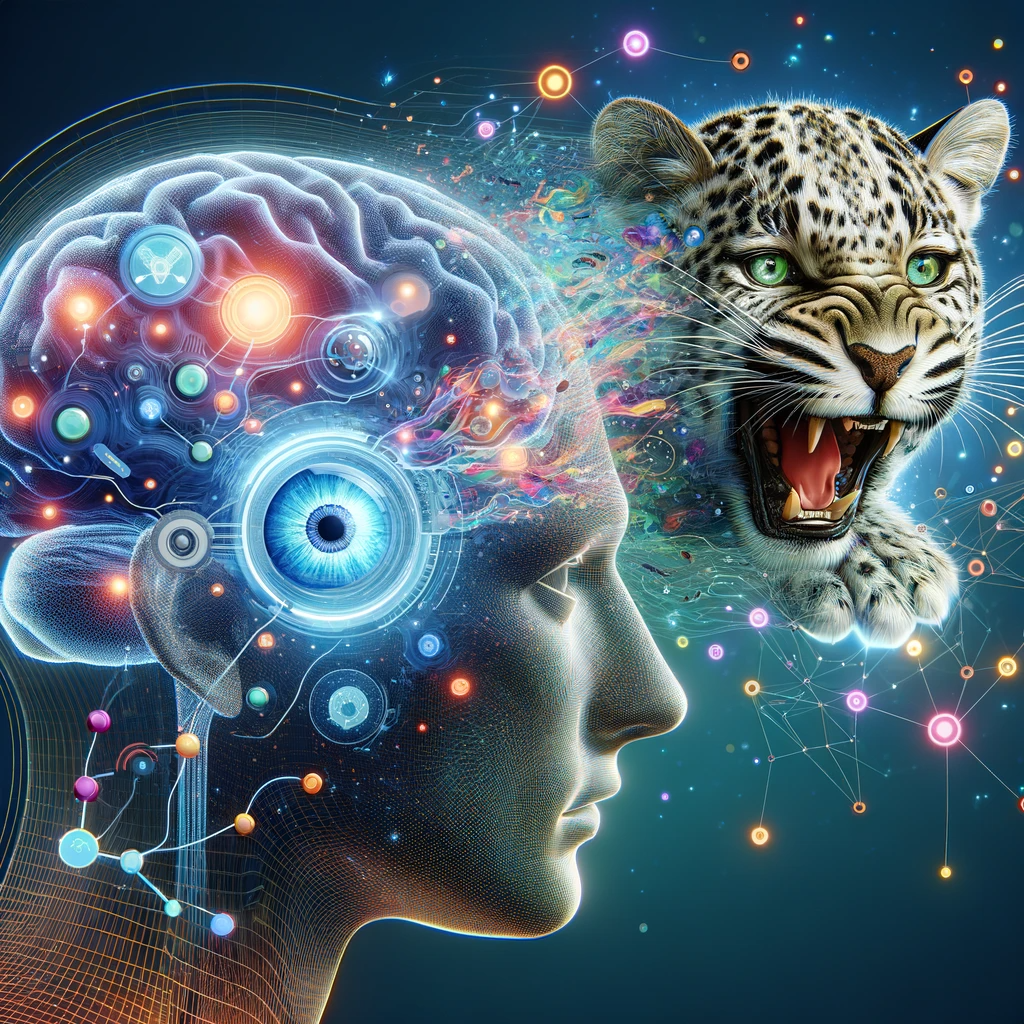

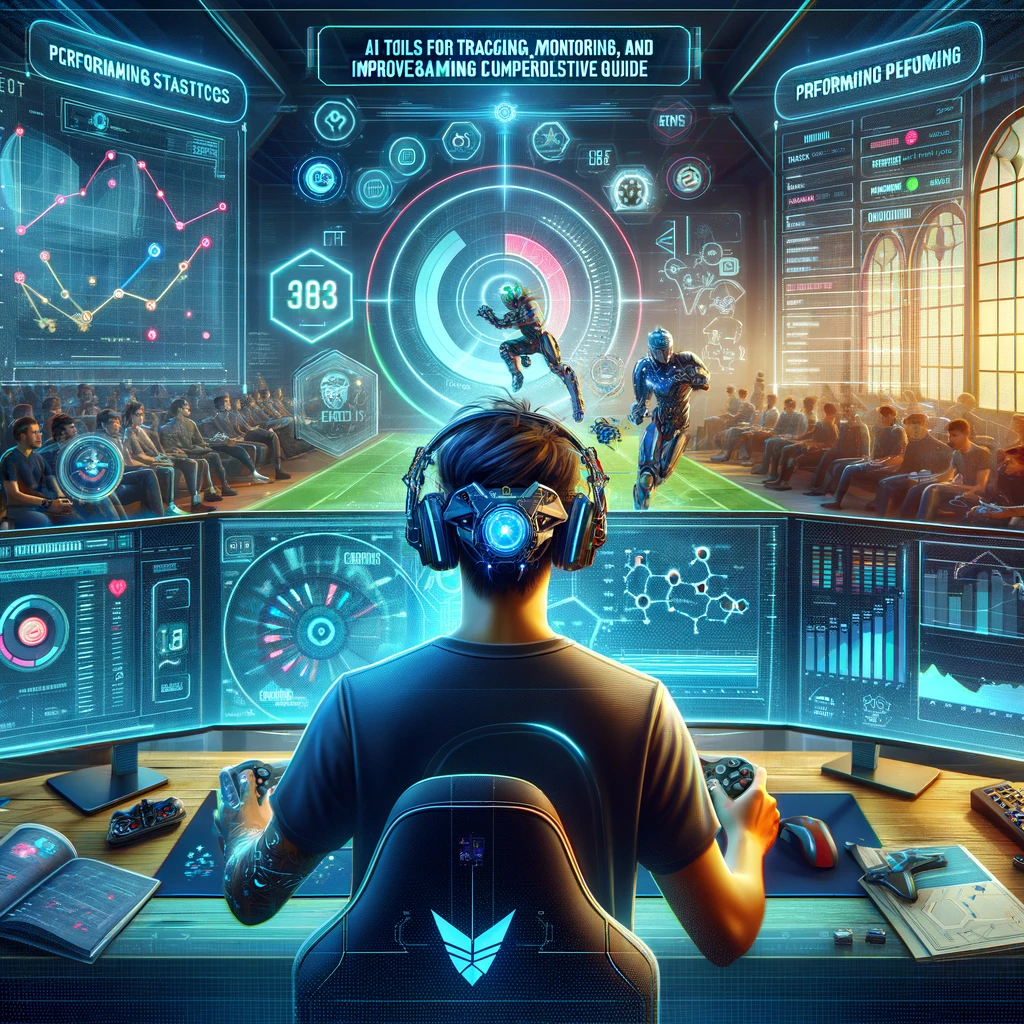

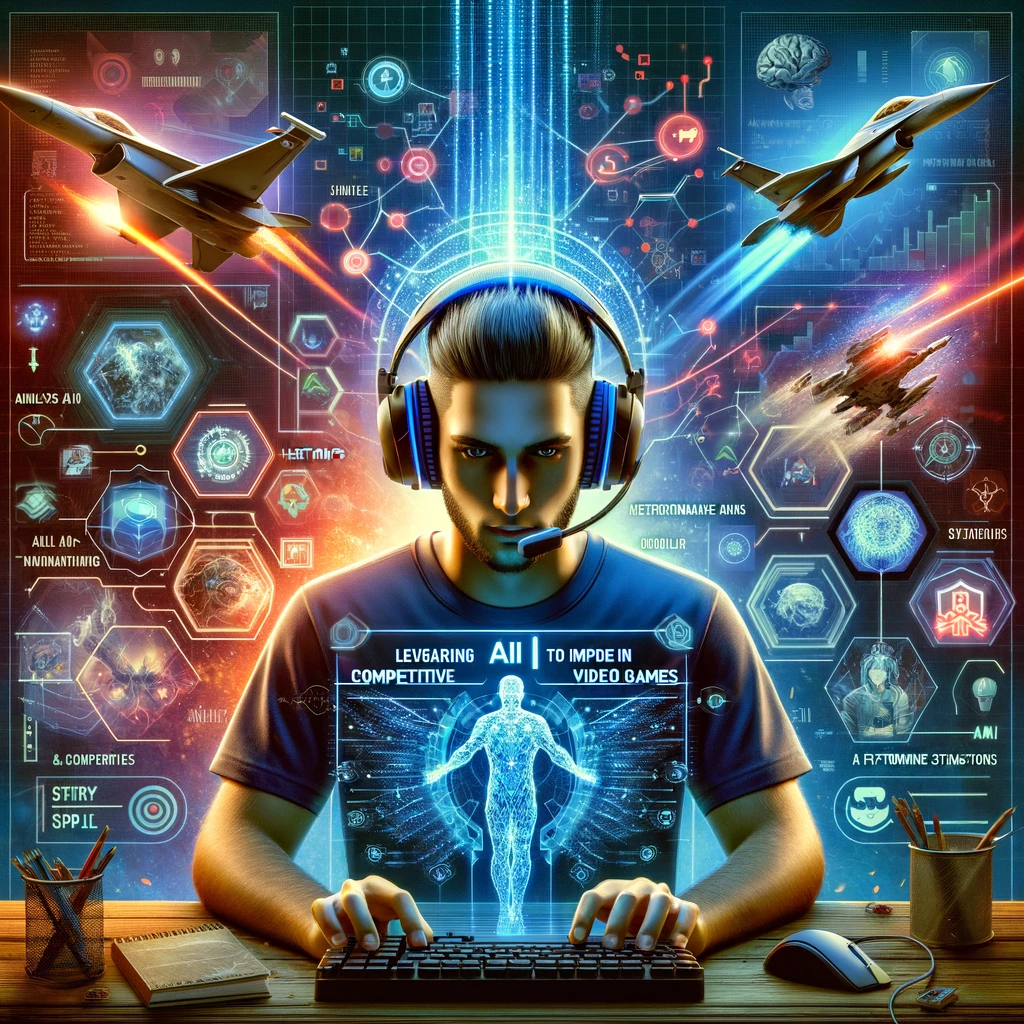
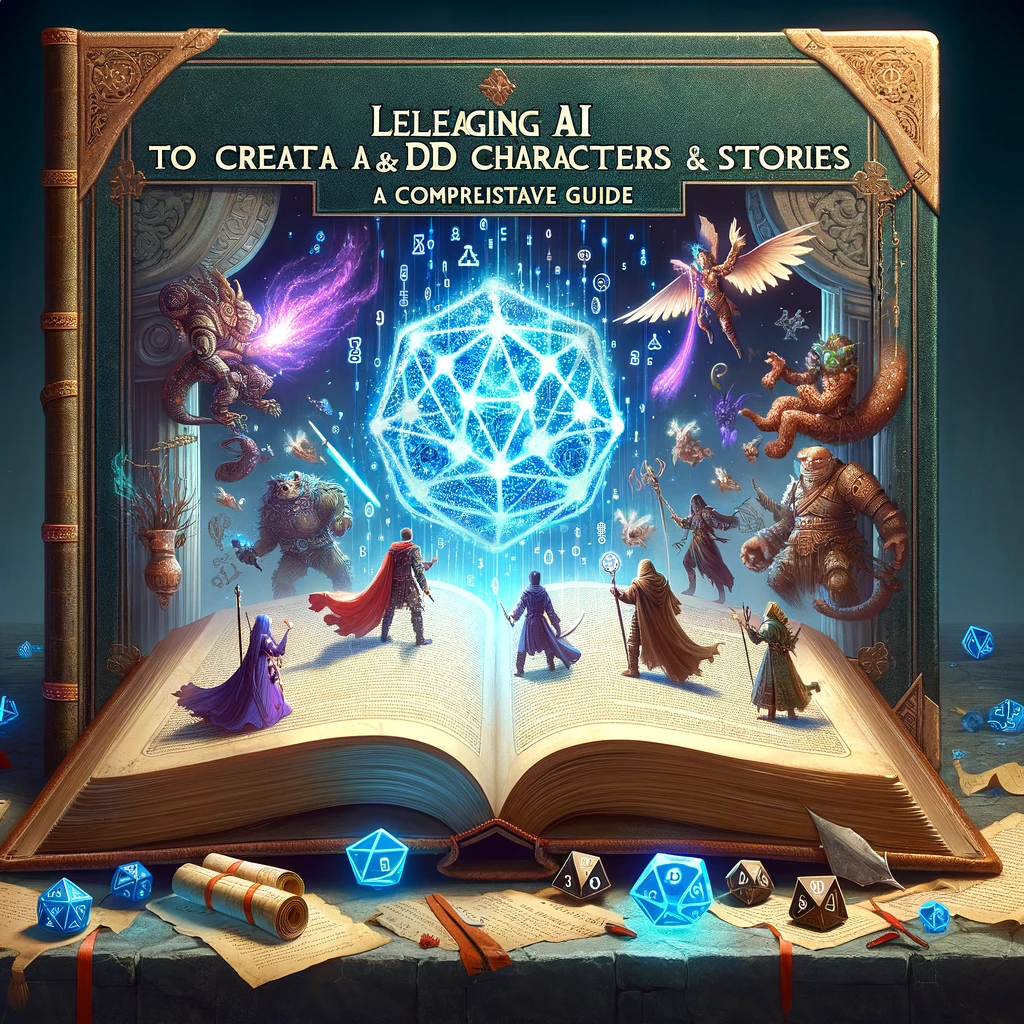
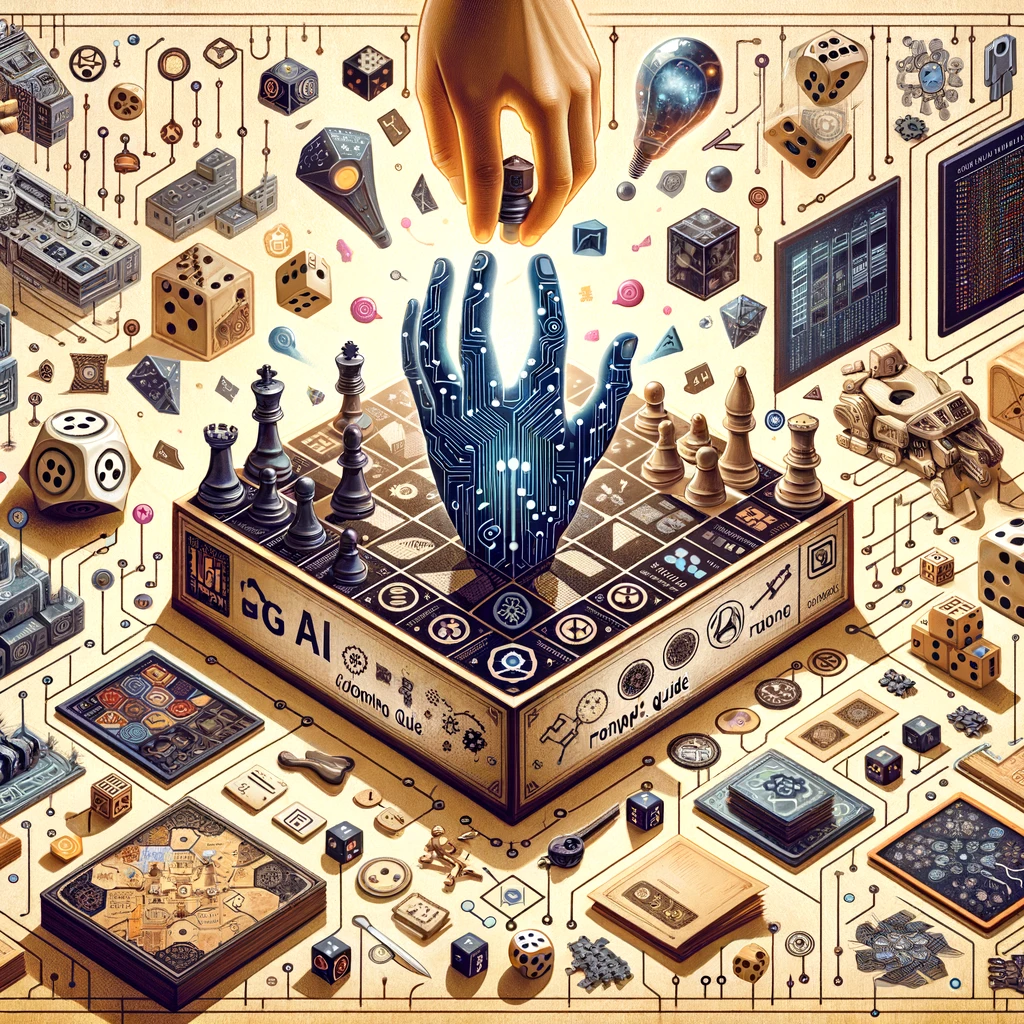



Leave a Reply